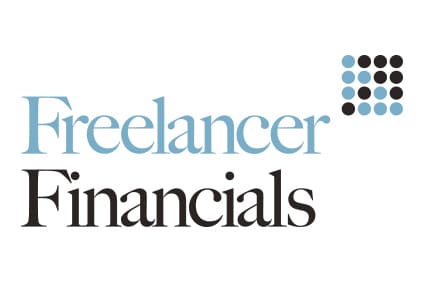HMRC tax gap estimates 2014/15
HMRC has recently published its tax gap estimates for the previous tax year 2014/15, Measuring tax gaps 2016 edition, which approximates the gap to be £36 billion, 6.5% of theoretical tax liabilities.
What is the tax gap?
This is the difference between the amount of tax that the Revenue should, in theory, have collected against what is actually collected.
Why measure it?
The tax gap is a useful tool to HMRC that helps the department understand the relative size and nature of non-compliance and this understanding is applied in a number of different ways:
- It provides a foundation for HMRC’s strategy. Thinking about the tax gap helps the Revenue understand how non-compliance occurs and how the causes can be addressed.
- Drawing on information on how other countries manage their tax gaps, the UK tax gap analysis provides insight into which strategies are most effective at reducing the gap.
- Although the tax gap isn’t sufficiently timely or precise enough to set performance targets, it provides important information that helps HMRC understand their long-term performance.
Why is there a tax gap?
There are a variety of reasons for the tax gap, from errors in tax returns through to criminal attacks on the tax system.
How is it calculated?
HMRC use a range of internal and external data and different analytical techniques to produce annual estimates, which they revise as more accurate data becomes available. These are HMRC’s best estimates based on the information available, but there are many sources of uncertainty and potential error.
The £36 billion tax gap can be viewed in three different types of category:
| ‘Customer’ group | Type of tax | Behaviour |
|---|---|---|
| SMEs – £18.3bn | Income Tax, NIC & Capital Gains Tax – £15.5bn | Hidden economy – £6.2bn |
| Large businesses – £9.5bn | VAT – £12.7bn | Failure to take reasonable care – £5.5bn |
| Criminals – £4.8bn | Corporation Tax – £3.7bn | Legal interpretation – £5.2bn |
| Individuals – £3.4bn | Excise duties – £2.8bn | Evasion – £5.2bn |
| Other taxes – £1.3bn | Criminal attacks – £4.8bn | |
| Non-payment – £3.6bn | ||
| Error – £3.2bn | ||
| Avoidance – £2.2bn |
Key findings
- The tax gap had reduced from 6.9% of liabilities in 2013/14.
- There is an overall downward trend from 8.3% in 2005/06 to 6.5% in 2014/15, however the gap has levelled out in recent years.
- The gap estimate of £36 billion is £11 billion lower than it would have been if the percentage gap had remained at the 2005/06 level of 8.3%.
- There has been a large reduction in the PAYE tax gap estimate from £4 billion in 2013/14 to £2.8 billion in 2014/15. The introduction of Real Time Information is likely to have made a significant contribution towards this reduction.
- The VAT gap is at its lowest level of 10.3% for 2014/15.
- There is a long-term reduction in the Corporation Tax gap from 13.5% in 2005/06 to 7.6% in 2014/15.
- The tax gap estimate for 2013/14 has been revised upwards by £2.8 billion. The latest data from random tax investigations suggests that the scale and amount of non-compliance is higher than HMRC had previously estimated, particularly for Self-Assessment taxpayers.
The Chartered Institute of Taxation (CIOT) voiced their concern over the growth in unintentional non-compliance, pointing out that the levels of taxpayer error and mistakes through not taking reasonable care are both up on the previous year.
John Cullinane, CIOT’s Tax Policy Director, said, “These figures suggest that tax evasion and other illegal activity are costing the Exchequer more than seven times as much as tax avoidance. The CIOT has long argued that HMRC needs to put more effort into investigating and prosecuting those who seek to evade tax. The Government are right to put extra resources in this direction, as well as tackling artificial and abusive attempts to avoid tax.”





Leave a Reply